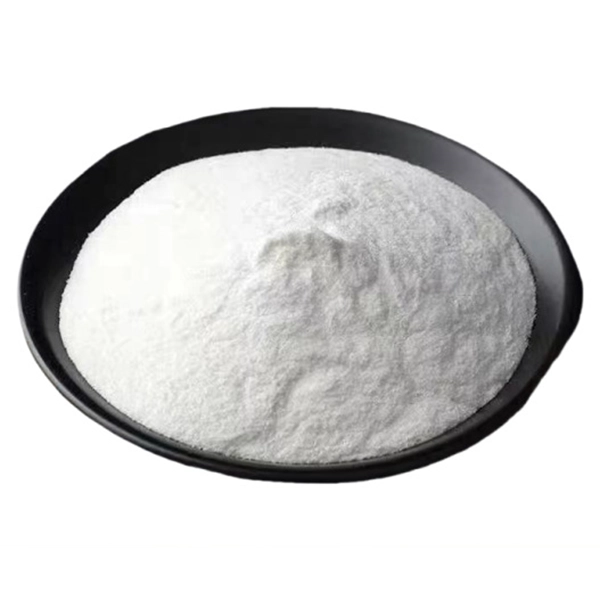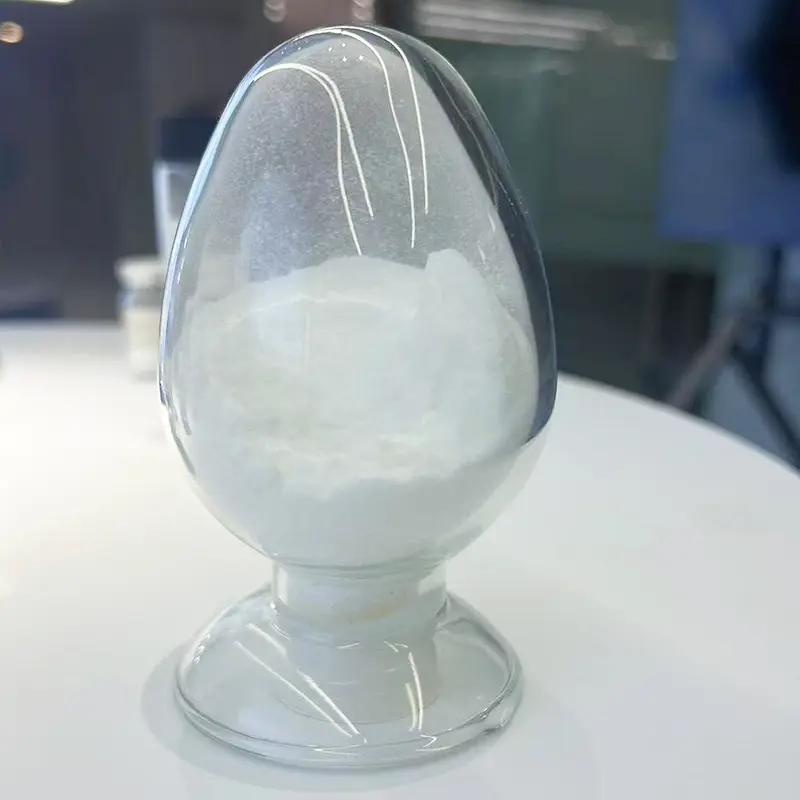+86-15212299029
- All
- Product Name
- Product Keyword
- Product Model
- Product Summary
- Product Description
- Multi Field Search
Views: 220 Author: tcchems Publish Time: 2025-10-27 Origin: Site











Content Menu
● What are phloridzin and phloretin?
● How are these compounds biosynthesized in plants?
● Why do these compounds matter for human health?
● Structural differences and their consequences
● How do digestion and metabolism affect these compounds?
● Extraction and measurement in food science
● Phloridzin, phloretin, and plant physiology
● Industrial and pharmacological perspectives
● Safety, regulation, and consumer considerations
● Research trends and future directions
● Practical implications for consumers
● FAQ: Frequently Asked Questions
Phloretin and phloridzin are two natural compounds that often appear together in discussions of plant chemistry, especially within the context of apple trees and other members of the rose family. While their names sound similar and they share a relationship, they are distinct substances with different structures, biosynthetic pathways, biological activities, and potential applications. Understanding what each compound is, how they are produced in nature, and how researchers study them can help clarify their roles in plant physiology, nutrition, and health.

Phloridzin is a dihydrochalcone glycoside. In simple terms, it is a natural compound built from a phloroglucinol core attached to a glucose molecule. Its chemical structure contains a dihydrochalcone framework, and the sugar moiety makes phloridzin more water-soluble than its aglycone. Phloridzin is particularly associated with apples and Apple family plants, where it accumulates in fruit skins and related tissues.
Phloretin, by contrast, is the aglycone form of phloridzin. An aglycone is the non-sugar portion of a glycoside. When phloridzin loses its glucose unit, it becomes phloretin. This transformation can occur enzymatically or during digestion and processing. Phloretin retains the dihydrochalcone core but lacks the glycosidic linkage that characterizes phloridzin.
In plants, phenolic compounds such as phloridzin and phloretin arise from the phenylpropanoid pathway. This metabolic route begins with simple amino acids like phenylalanine and proceeds through a series of enzymatic steps to produce a variety of polyphenolic structures. Di-hydrochalcones, including phloridzin and phloretin, are produced when specific enzyme activities favor the formation of chalcone-like backbones and subsequent modifications.
The presence of a glucose moiety in phloridzin indicates a glycosylation step. Plant glycosyltransferases attach sugar groups to aglycones, influencing solubility, stability, and transport within plant tissues. The glycosylated form, phloridzin, can be stored in vacuoles or transported through the plant's vascular system. When conditions favor hydrolysis or when enzymes such as beta-glucosidases act, phloridzin can yield phloretin and glucose.
Phloridzin and phloretin are of interest for several reasons. In humans, these compounds have been studied for potential antioxidant properties, interactions with metabolism, and effects on cellular signaling. Phloridzin is sometimes discussed for its potential to influence glucose transport in the gut by inhibiting certain glucose transporters, though the extent and practical relevance of this interaction are subjects of ongoing research and debate. Phloretin, as the aglycone, may exhibit different bioavailability and biological activity compared to phloridzin because the sugar moiety can influence absorption, distribution, metabolism, and excretion.
It is important to approach claims about health benefits with scientific skepticism and to rely on well-designed studies. The amount of phloridzin or phloretin consumed through diet—primarily from apples and apple-derived products—tends to be modest. Supplements or extracts may provide higher concentrations, but these should be evaluated for safety and efficacy in consultation with healthcare professionals.
The central difference between phloridzin and phloretin is the glycosylation state. Phloridzin contains a glucose group attached to the phenolic core, which increases its hydrophilicity and can affect how it interacts with enzymes, transporters, and cell membranes. Phloretin lacks this sugar moiety, resulting in different physicochemical properties, such as higher lipophilicity. These differences influence:
- Stability in various environments, including digestive fluids.
- Absorption and bioavailability in the human body.
- Interaction with enzymes and transport proteins.
- Metabolic pathways and eventual metabolites formed after ingestion.
Understanding these differences helps researchers interpret pharmacokinetic data and design studies to explore potential therapeutic effects or nutritional impacts.
When ingested as part of a meal, phloridzin may be hydrolyzed by intestinal enzymes or microbes to form phloretin and glucose. This hydrolysis means that, in vivo, both forms could contribute to the same pool of active molecules, albeit with different rates and extents. Phloretin, being more lipophilic, may cross cell membranes more readily, but it may also be subject to rapid metabolism, such as conjugation with glucuronic acid or sulfate groups, before being circulated in the bloodstream or excreted.
The metabolic fate of these compounds can be influenced by gut microbiota composition, overall diet, age, and health status. Additionally, the food matrix and processing methods (such as heating or juicing) can alter the stability and release of phloridzin and phloretin from plant tissues.
In food science and natural product research, phloridzin and phloretin are typically measured using chromatographic techniques such as high-performance liquid chromatography (HPLC) coupled with detectors like UV or mass spectrometry. The presence of the glucose moiety in phloridzin requires specific enzymatic or chemical steps to separate it from phloretin for accurate quantification. Researchers may also use standardized reference materials to ensure accuracy and reproducibility across laboratories.
Sample preparation often involves homogenizing plant material, extracting with suitable solvents (which may range from methanol to acetone–water mixtures), and then purifying extracts to reduce interference from other phenolics. Quantification of these compounds helps researchers understand their distribution in different plant tissues, responses to environmental stress, and changes during fruit ripening or processing.
In plants, dihydrochalcones like phloridzin can contribute to defense mechanisms against pests and pathogens, as well as to adaptations to abiotic stress. They may function as antioxidants that protect cellular components from oxidative damage during stress conditions such as ultraviolet exposure, drought, or wounding. The glycosylated form, phloridzin, can serve as a reservoir of the aglycone phloretin, which is released when tissue damage triggers enzymatic hydrolysis.
From a horticultural perspective, different apple cultivars may vary in phloridzin content, which could influence taste, nutritional value, and resistance to certain stresses. Understanding these relationships can guide breeding programs and post-harvest handling practices to optimize fruit quality and resilience.
In the pharmaceutical and nutraceutical realms, researchers explore phloretin and phloridzin for their potential bioactive properties, such as anti-inflammatory, antimicrobial, or antioxidative effects. However, translating in vitro effects to meaningful in vivo outcomes requires careful study design, including appropriate dosing, controls, and consideration of bioavailability.
Industrial applications may include the use of phloridzin as a marker compound for certain apple-derived products or as an indicator of quality in plant extracts. Phloretin and phloridzin can also serve as reference standards in analytical methods and quality control protocols.
As with any bioactive compound, safety assessment is essential. While phloridzin and phloretin occur naturally in foods like apples and applesauce, consuming them in high concentrations through supplements or extracts may carry risks or interact with medications. Regulatory status varies by country and product category, with dietary supplements often governed by different rules than conventional foods. Consumers should seek products from reputable manufacturers and consult healthcare professionals when considering high-dose or long-term use.
Labeling and disclosure practices are important for transparency. Manufacturers and retailers should provide clear information about ingredient sources, processing methods, potential allergens, and any participatory studies or guidelines that relate to product quality and safety.
Current research continues to explore the pharmacokinetics, metabolism, and potential health effects of phloridzin and phloretin. Some areas of interest include:
- Determining how these compounds influence glucose transport and insulin signaling under physiological conditions.
- Investigating antioxidant mechanisms in various cell types and tissues.
- Examining interactions with gut microbiota and how this affects overall metabolism.
- Developing standardized methods for extraction, quantification, and quality assessment in foods and supplements.
As analytical techniques improve and clinical studies advance, a clearer picture will emerge about the practical significance of phloridzin and phloretin for human health and nutrition.
For everyday readers, several practical takeaways emerge:
- Apples and apple-based products are a natural source of phloridzin and phloretin, with the sugar-containing form phloridzin more abundant in skins and other tissues.
- The body processes these compounds through digestion and metabolism, which can transform phloridzin into phloretin and other metabolites.
- A diet rich in diverse fruits and vegetables can provide a broad spectrum of polyphenols, including dihydrochalcones, contributing to overall antioxidant intake.
- If considering supplements or functional foods claiming high levels of phloridzin or phloretin, verify scientifically-supported claims and consult healthcare providers regarding safety and efficacy.
- Phloridzin is the glycosylated dihydrochalcone; phloretin is the aglycone form obtained after removing glucose.
- Both originate in plants via phenylpropanoid pathways, with glycosylation shaping storage, transport, and solubility.
- In digestion, phloridzin can be hydrolyzed to phloretin, influencing bioavailability and activity.
- Analytical measurement relies on separation of glycoside and aglycone forms, often using HPLC-based methods.
- Biological effects and health implications remain an active area of research, with no definitive, universal health claims established.

Q1: What is the primary difference between phloridzin and phloretin?
A1: Phloridzin is the glycosylated form (phloridzin contains a glucose moiety), while phloretin is the aglycone form resulting from the removal of the sugar group.
Q2: In which foods are phloridzin and phloretin commonly found?
A2: They are commonly found in apples and apple-derived products, as well as in some related plant species within the Rosaceae family.
Q3: How does digestion affect these compounds?
A3: Phloridzin can be hydrolyzed to phloretin in the gut, potentially altering absorption and bioavailability. Phloretin may then undergo further metabolism and conjugation.
Q4: Are phloridzin and phloretin proven to prevent disease?
A4: Current evidence is inconclusive. While they show antioxidant and other bioactive properties in laboratory studies, robust clinical data demonstrating clear health benefits in humans are limited.
Q5: How are these compounds measured in foods?
A5: Researchers use chromatographic techniques, such as HPLC, often paired with mass spectrometry, to separate and quantify phloridzin and phloretin.
Q6: Should I take supplements containing phloridzin or phloretin?
A6: Consultation with a healthcare professional is advised. Supplements can vary in quality and concentration, and high intakes may have unforeseen interactions or side effects.
Q7: Do these compounds affect glucose transport?
A7: Some studies have suggested potential interactions with glucose transport processes, but findings are not definitive and require more research to determine practical implications.
Q8: Can processing apples increase or decrease levels of these compounds?
A8: Processing methods such as heating, juicing, or peeling can influence the stability and content of glycosylated compounds like phloridzin, as well as the release of phloretin.
Q9: Are there any known side effects?
A9: Comprehensive safety data at dietary levels is generally favorable, but high-dose supplements may carry risks. Always follow product guidelines and medical advice.
Q10: How does the glycoside form influence bioavailability?
A10: The sugar moiety can hinder or alter absorption in the digestive tract, while the aglycone form often shows higher lipophilicity and different metabolic pathways.
Hot Tags: China, Global, OEM, private label, manufacturers, factory, suppliers, manufacturing company




The Difference Between Phloretin And Phloridzin: What You Need To Know?
How To Choose The Right Phloretin Supplier for Your Business?
What Is Phloretin? Understanding Its Role in Cosmetics And Pharmaceuticals
Phloretin Vs Other Antioxidants: Which One Is Best for Your Skin?
What’s The Difference Between Hyaluronic Acid Serum And Cream?
What’s The Difference Between Sodium Hyaluronate And Hyaluronic Acid?
What’s The Difference Between High And Low Molecular Weight Hyaluronic Acid?
The Top Hyaluronic Acid Raw Material Suppliers: A Global Perspective